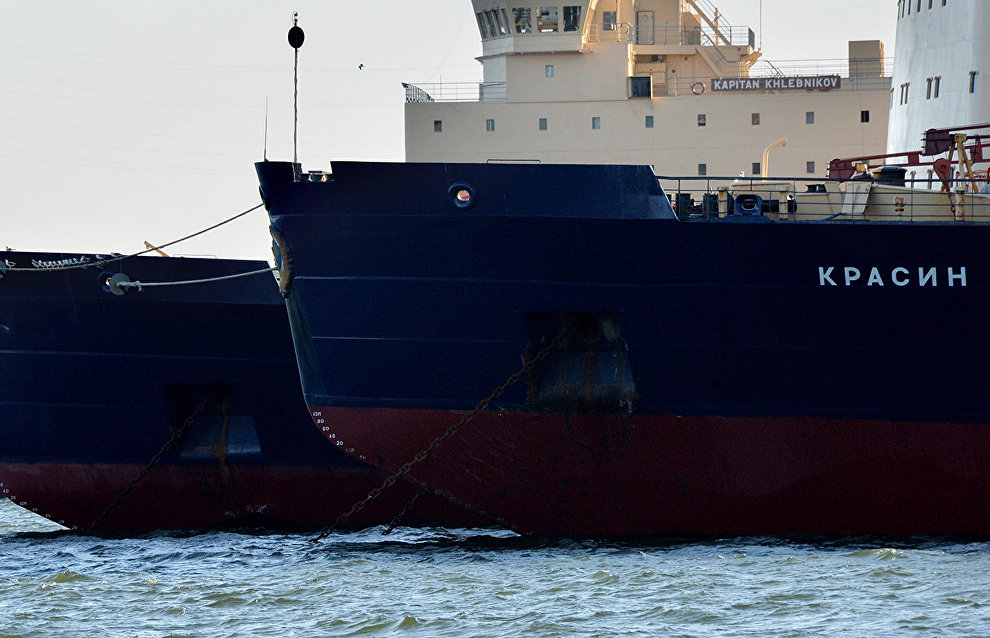Authorities opt not to expand the Northern Sea Route
At a meeting with Deputy Prime Minister Yuri Trutnev who heads the State Commission for Arctic Development, the Ministry for the Development of the Russian Far East and Arctic, the Ministry of Transport, the Foreign Ministry and the State Atomiс Energy Corporation Rosatom opted not to expand the borders of the Northern Sea Route (NSR). This is in order not to create any discrepancies with international law. The NSR was supposed to be enlarged to make it possible to fulfil the May executive order on raising the cargo traffic to 80 million tons.
The NSR's current borders stretch from the Kara Strait in the west to Cape Dezhnev on Chukotka. They were determined by the Russian Merchant Marine Code and are linked with the ice conditions in these areas. The NSR is covered by special navigation rules: Russia has the right to establish them under the UN Convention on the Law of the Sea.
In May, Trutnev instructed the relevant departments (the Ministry for the Development of the Russian Far East and Arctic, the Ministry of Transport, and the Foreign Ministry) as well as Rosatom to hold discussions regarding the expansion of the borders of the NSR by including the basins of five seas: the Barents Sea, the White Sea, the Pechora Sea, the Bering Sea and the Sea of Okhotsk as part of Russia's exclusive economic zone. This would have made it possible to guarantee the implementation of President Vladimir Putin's May executive order on bringing the cargo traffic on the NSR to 80 million tons a year by 2024. In 2019, the corresponding figure was 31.5 million tons.
According to available data, Rosatom objected to the expansion of the NSR borders. It explained in a letter to the Ministry for the Development of the Russian Far East and Arctic that this would cause international problems.
Technically, it is possible to introduce amendments into the Merchant Marine Code, but in this case NSR navigation will automatically cover new territories and discrepancies with international law will emerge. According to Article 234 of the UN Convention on the Law of the Sea, the coastal states have the right to establish special navigation rules in their exclusive economic zone only in ice-covered areas. These rules are designed to prevent the pollution of the marine environment in the areas where harsh climate and the presence of ice for most of the year create a particular danger for navigation while pollution may upset the environmental balance of the area. In the condition of global warming it is hard to prove the presence of ice in new basins. A number of ports that were supposed to be included in the NSR are not covered with ice at all.
However, the target of increasing cargo traffic on the NSR to 80 million tons by 2024 remains outstanding if its borders remain the same. Recently, the Novatek gas company, a major user of the Arctic route, postponed for two years the commissioning of Ob LNG, recalls Mikhail Grigoryev, head of the Gekon consulting company. Now only the first stage of the plant with a capacity of 2.5 million tons of LNG per year will be put into service in 2024. Grigoryev predicts the cargo traffic will reach 53 million tons by 2024, taking into account the expected capacity of the East Oil project that Rosneft plans on carrying out with Eduard Khudainatov's Neftegaz Holding. Its capacity will reach 12 million tons by 2024. Another 5 million tons will be provided by support cargo, the Northern Supply Haul and transit, Grigoryev added. So, the target of the May executive order will be short of over 20 million tons of cargo.
